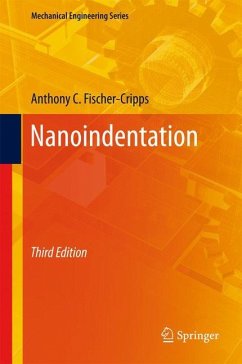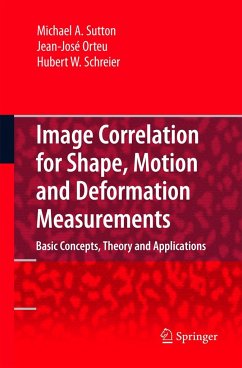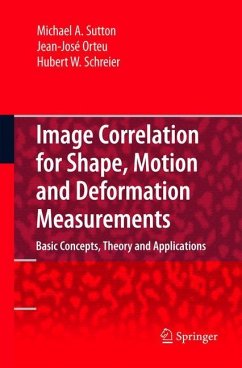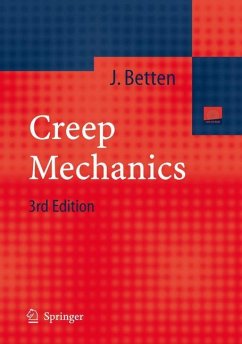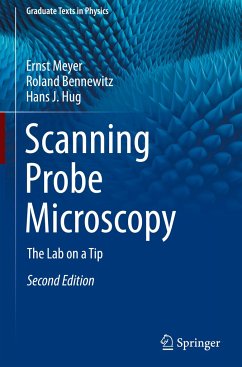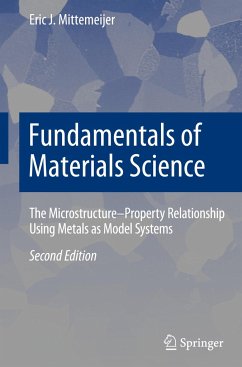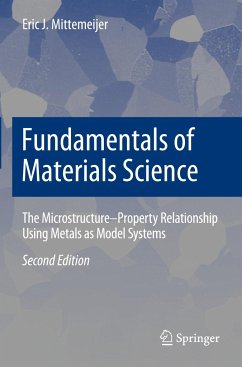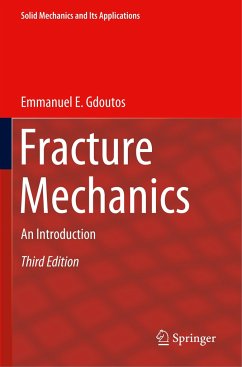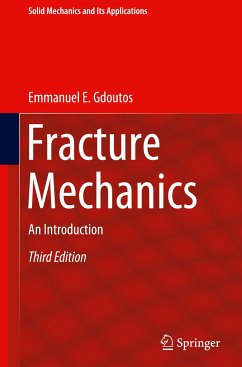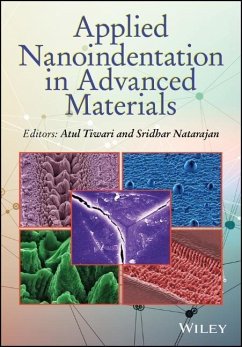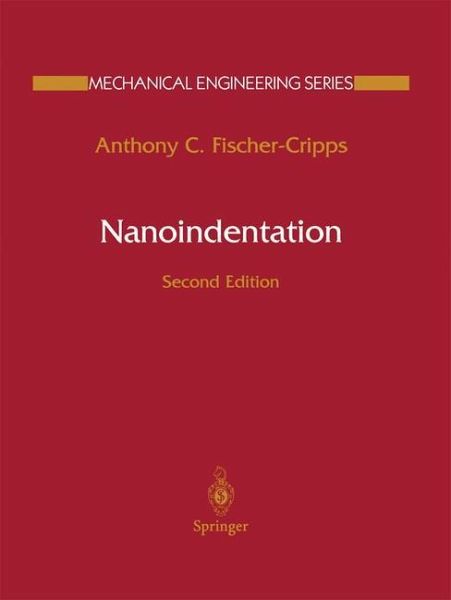
Nanoindentation
Versandkostenfrei!
Versandfertig in 6-10 Tagen
98,99 €
inkl. MwSt.
Weitere Ausgaben:

PAYBACK Punkte
49 °P sammeln!
This new edition of Nanoindentation includes a dedicated chapter on thin films, new material on dynamic analysis and creep, accounts of recent research, and three new appendices on nonlinear least squares fitting, frequently asked questions, and specifications for a nanoindentation instrument.
Nanoindentation Second Edition is intended for those who are entering the field for the first time and to act as a reference for those already conversant with the technique.
Nanoindentation Second Edition is intended for those who are entering the field for the first time and to act as a reference for those already conversant with the technique.
Mechanical engineering, an engineering discipline forged and shaped by the needs of the industrial revolution, is once again asked to do its substantial share in the call for industrial renewal. The general call is urgent as we face profound issues of productivity and competitiveness that require engineering solutions. The Mechanical Engineering Series features graduate texts and research mono graphs intended to address the need for information in contemporary areas of mechanical engineering. The series is conceived as a comprehensive one that covers a broad range of concentrations important to mechanical engineering graduate education and re search. We are fortunate to have a distinguished roster of consulting editors on the advisory board, each an expert in one of the areas of concentration. The names of the consulting editors are listed on the facing page of this volume. The areas of concentration are applied mechanics, biomechanics, computational me chanics, dynamic systems and control, energetics, mechanics of materials, proc essing, production systems, thermal science, and tribology.





